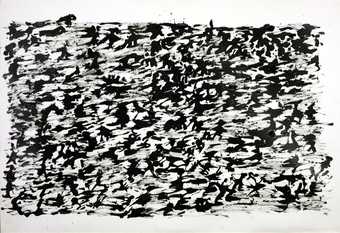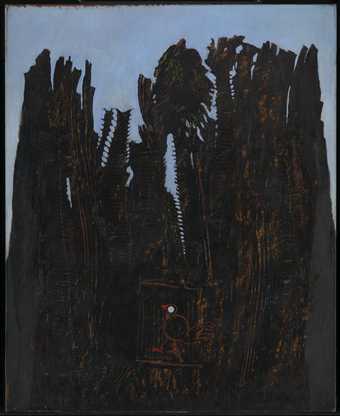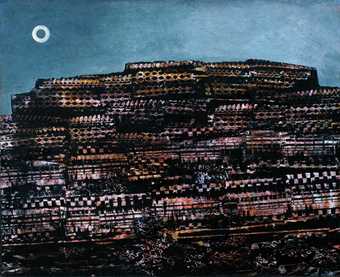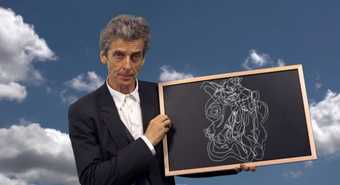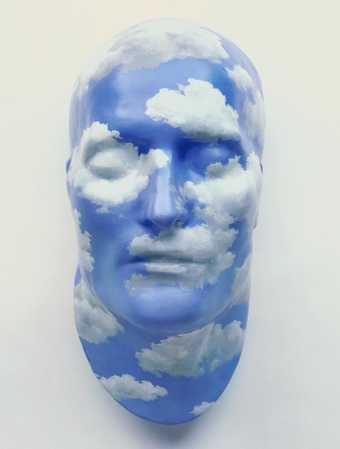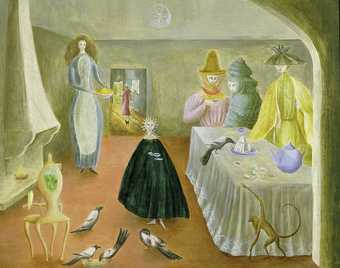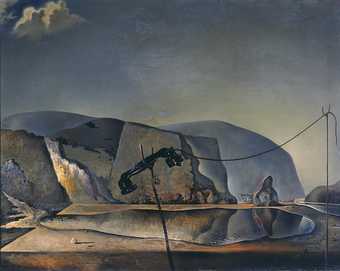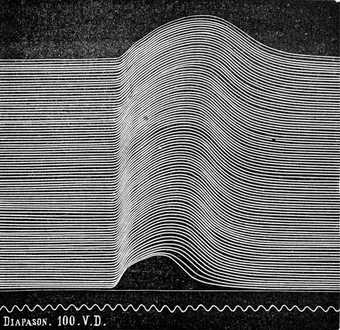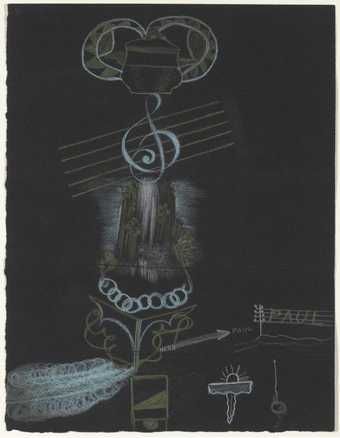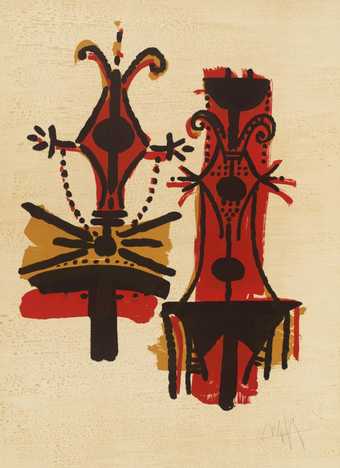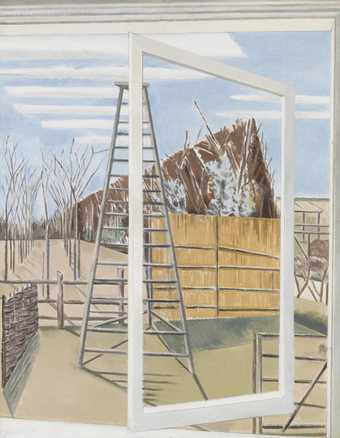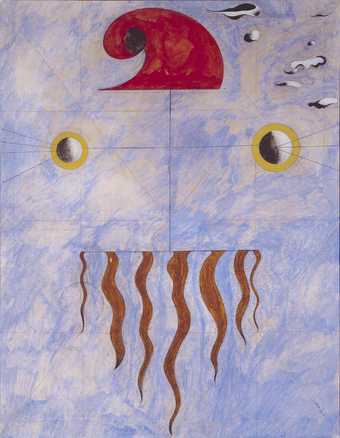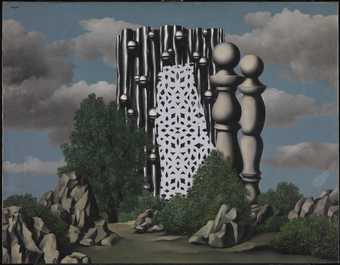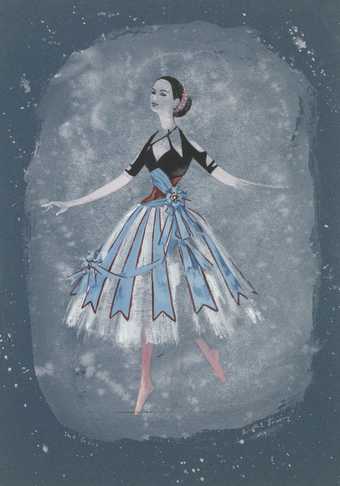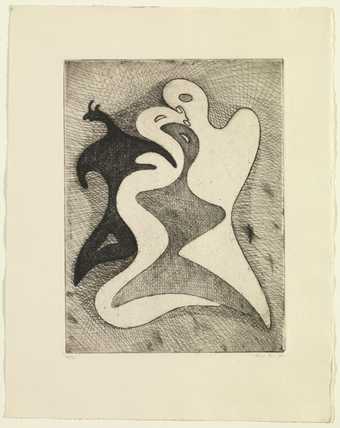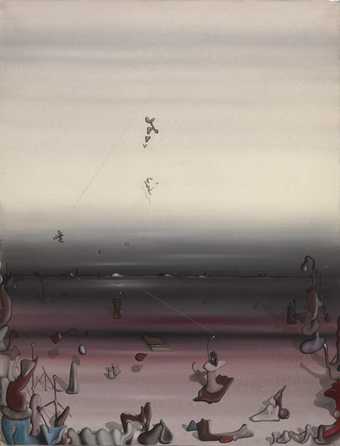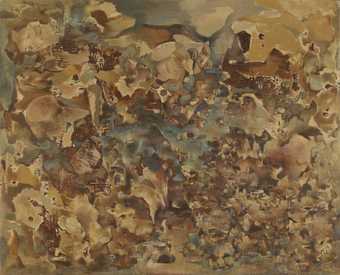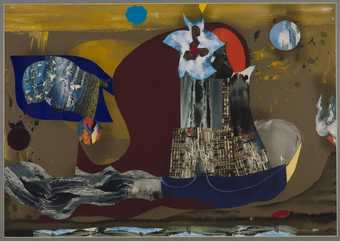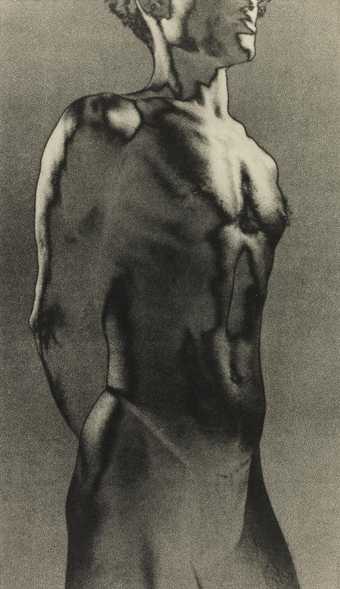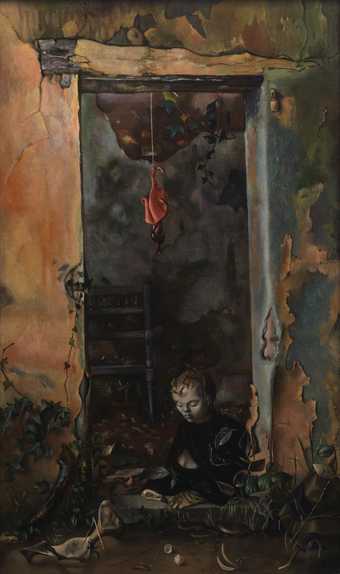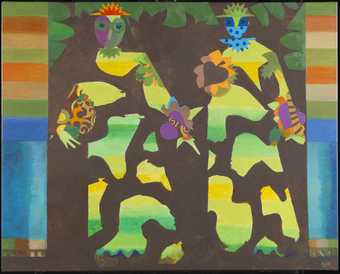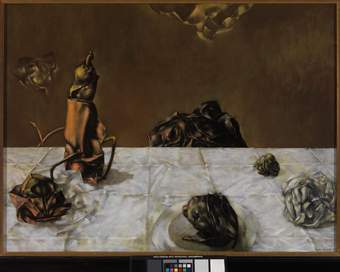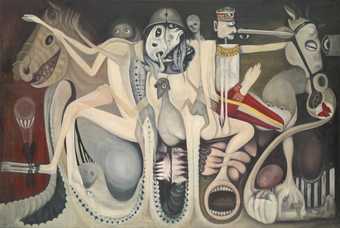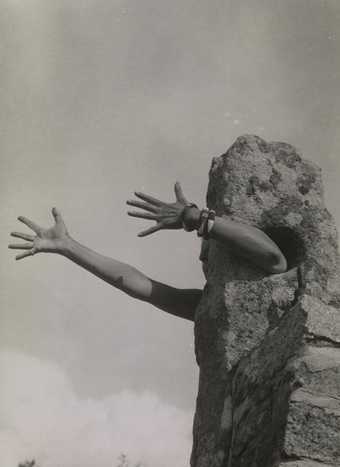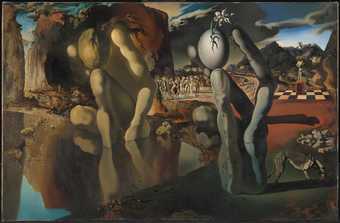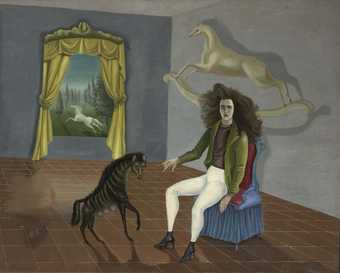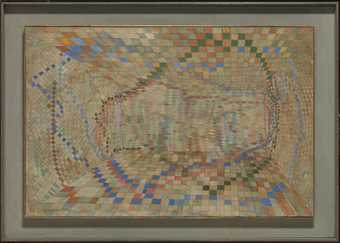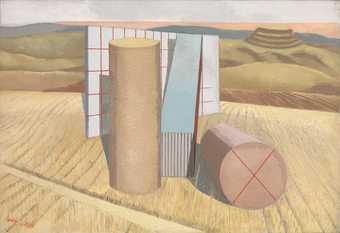
Eileen Agar
Angel of Anarchy
(1936–40)
Tate
Surrealism aims to revolutionise human experience. It balances a rational vision of life with one that asserts the power of the unconscious and dreams. The movement’s artists find magic and strange beauty in the unexpected and the uncanny, the disregarded and the unconventional. At the core of their work is the willingness to challenge imposed values and norms, and a search for freedom.
The word ‘surrealist’ (suggesting ‘beyond reality’) was coined by the French avant-garde poet Guillaume Apollinaire in the preface to a play performed in 1917. But it was André Breton, leader of a new grouping of poets and artists in Paris, who, in his Surrealist Manifesto (1924), defined surrealism as:
pure psychic automatism, by which one proposes to express, either verbally, in writing, or by any other manner, the real functioning of thought. Dictation of thought in the absence of all control exercised by reason, outside of all aesthetic and moral preoccupation.
Many surrealist artists have used automatic drawing or writing to unlock ideas and images from their unconscious minds. Others have wanted to depict dream worlds or hidden psychological tensions. Surrealist artists have also drawn inspiration from mysticism, ancient cultures and Indigenous art and knowledges as a way of imagining alternative realities.
The movement’s aspiration towards the liberation of the mind as well as the liberation of artistic expressions has also meant seeking political freedom. In many instances, these artists have turned to political activism. In this way, the revolutionary concepts encouraged by Surrealism has led the movement to be seen as a way of life.
Since its inception, the ideas and art associated with Surrealism have been disseminated, embraced and re-imagined through international networks of exchange and collaboration. Surrealism's core ideas and themes have been adapted and deemed relevant to different historical, geographical and cultural contexts, enabling it to be expressed through plural voices.
However wide the influence of surrealist concerns has been on artists across the world, certain artists who have been assimilated to the movement have always refused to be defined as Surrealists.

